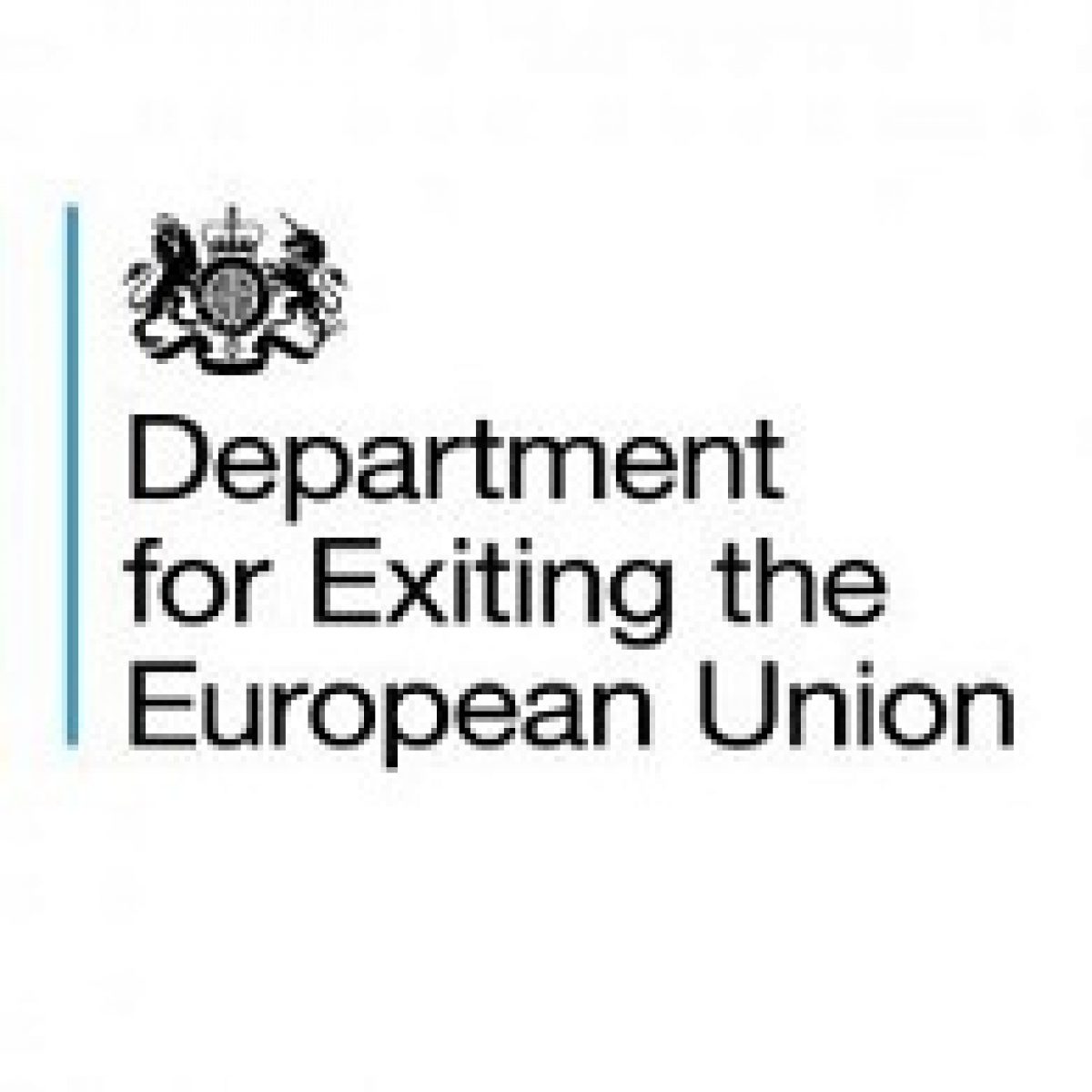
The UK is due to leave the European Union (EU) on 29 March 2019, but the two sides have yet to agree how trade will operate (between the UK and EU) following Brexit. To establish a coherent and unified UK position, the Prime Minister summoned a Chequers meeting to deliberate and establish Ministerial Collective Responsibility for her third trade proposition. On 6 July, Prime Minister, Theresa May, announced that she had united her Cabinet and produced the UK’s trade proposal; calling it a “collective position for the future of our negotiations”.
Days later, a flurry of resignations arrived at No10. Starting as a mini Cabinet reshuffle and growing to be quite a significant Cabinet reshuffle, resignations and appointments, (to date) are as follows:
Resignations:
- Steve Baker resigns as Brexit Minister (Parliamentary Under-Secretary of State)
- David Davis resigns as Brexit Secretary
- Boris Johnson resigns as Foreign Secretary
- Chris Green resigns as Team PPS for Transport
- Conor Burns resigns as Minister for the Foreign and Commonwealth (Parliamentary Under-Secretary of State)
- Ben Bradley MP and Maria Caulfield MP resign as Conservative party vice-chairs
Appointments:
- Dominic Raab appointed Brexit Secretary, replacing David Davis
- Kit Malthouse appointed Minister for Housing, replacing Dominic Raab
- Chris Heaton-Harris appointed Brexit Minister, replacing Steve Baker
- Matt Hancock appointed Secretary of State for Health and Social Care, replacing Jeremy Hunt MP
- Jeremy Wright QC appointed as Secretary of State for Digital, Culture, Media and Sport, replacing Matt Hancock
- Geoffrey Cox QC appointed as Attorney General, replacing Jeremy Wright
- Justin Tomlinson MP appointed Minister for Work and Pensions (Parliamentary Under-Secretary)
Why did people resign?
The reason for resignations is the significant amount of people within the Conservative Party who strongly dislike the Chequers Agreement. Whilst resignations came from Brexiteers, dissatisfaction with the agreement is present on both sides of the debate.
Remainers argue that if May’s Government is now focusing on a “business friendly” Brexit and this Chequers Agreement is the UK’s offering on that, the UK may as well do it ‘properly’ and stay within the Customs Union and Single Market. On the flip side, Brexiteers argue that this agreement does not provide the UK with Brexit and that, after all, is what ‘the people voted for’.
Brexiteers have said that unless May’s position changes, more and more Cabinet members will resign until the Prime Minister changes her position or herself, resigns.
Overall, the proposal has been welcomed by business more than any other proposal. However, the finance side of the agreement is considerably more lacking than trade of goods.
Summary of Chequers Agreement
The Prime Minister said Britain would establish a “free trade area for goods” with the EU, allowing for frictionless trade and avoiding the need for a hard border in Northern Ireland.
Breakdown:
Harmonisation on goods: maintain a common rulebook for all goods, with the UK committing via treaty on continued harmonisation, thus avoiding border friction.
- Parliament to have oversight of such rules and can choose to not continue harmonisation if it wishes but it will do so “recognising that this would have consequences”.
- The proposal says protections in areas such as the environment, employment laws and consumer protection would not fall below current levels.
- The arrangement would see looser arrangements for services, with a recognition this will involve less mutual access to markets than currently allowed.
Joint jurisdiction of rules: The plan proposes what is termed a “joint institutional framework” for interpreting UK-EU agreements, to be carried out in each jurisdiction by the respective courts, therefore by the UK courts and ECJ.
“The system would include joint committees, or binding independent arbitration in the case of disputes, which would have reference to the European court of justice (ECJ) “as the interpreter of EU rules”.”
Facilitated customs arrangement: would see the UK and EU avoid hard borders by being treated as a “combined customs territory”. The UK would apply domestic tariffs and trade policies for goods intended for the UK, and their EU equivalents for goods heading into the EU.
Further detail on the agreement was then published in Brexit White Paper, released on Thursday (12 July 2018).
Reactions
EU Parliament
The European Parliament's Brexit Steering Group (BSG), chaired by Guy Verhofstadt MEP, had an extensive exchange of views on the Chequers Statement and White Paper. In a first reaction, it welcomed both, confirming that this was a step towards ‘establishing a new relationship between the UK and EU’.
In particular, the BSG welcomed the proposal that the future EU-UK relationship take the form of an Association Agreement. This has been the Parliament's position from the very beginning, stating that it ‘would place the future EU-UK relationship in all its dimensions - economic, sectoral, security, foreign policy - on a firm footing within a coherent governance structure’.
The group also confirmed that it would not agree to any Withdrawal Agreement that did not have ‘a credible "back stop" provision for the Northern Ireland / Ireland border to prevent a hard border and safeguard the integrity of the single market’. Implying the White Paper did not provide this.
EU Commission
The EU's chief negotiator Michel Barnier said he would analyse the details with the European Parliament and member states and was "looking forward" to negotiations with the UK next week.
